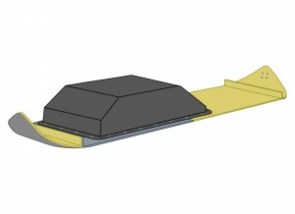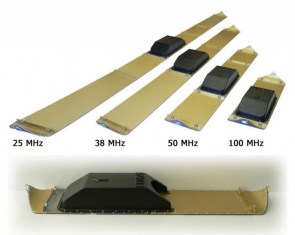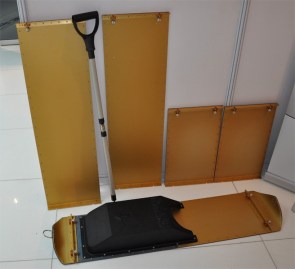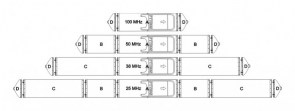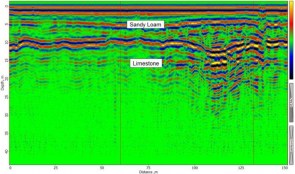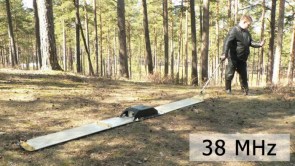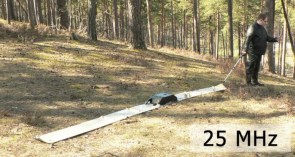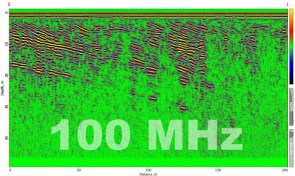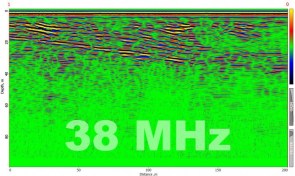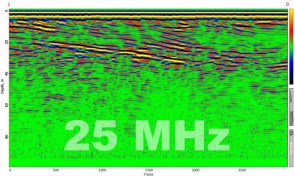For any orders you do not need to register yourself, you can make orders as guest, just choose any products, go to cart, fill the form Add/Edit Billing details and in case you want the order to be shipped to different address fill the form Edit current shipping address and checkout as guest. You will receive the confirmation of order to your email where you can find Order Number and Secret key (P_xxxxx). To check your order any time use emailed order details link directly or click here: Track my Order.

